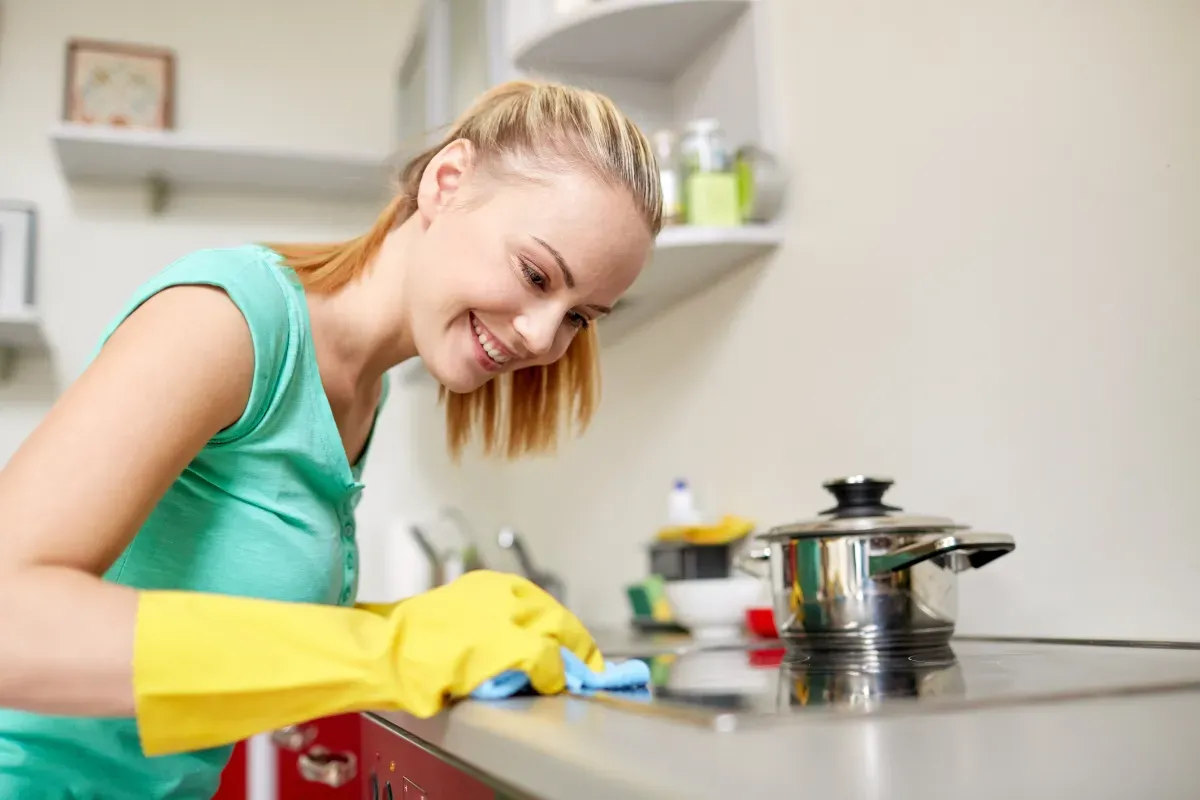Fat Melts Away in Seconds with This Low-Cost Home Remedy

Every kitchen can get pretty lively, but with that comes the headache of greasy buildup. Not only does it make your surfaces look messy, it also turns cleaning into a real pain. Luckily, you might already have the answer in your medicine cabinet.
Getting to Know That Grease Buildup
Cooking tends to leave behind a mess of splatters and spills. Most often, you’ll see it on stovetops, exhaust hoods, and oven doors. Even after drying, the grease stays tacky and leaves surfaces looking dull and slick. Regular cleaning supplies sometimes just don’t cut it when it comes to beating this stubborn mess, so many folks end up searching for another way.
The Dynamic Duo: Hydrogen Peroxide and Baking Soda
A simple and powerful fix is mixing hydrogen peroxide with baking soda. Hydrogen peroxide, known for its disinfecting properties, works on organic material to break down the grease. At the same time, baking soda serves as a gentle abrasive that helps remove even the toughest layers of gunk.
Mix these two to form a paste and watch it dissolve even old, baked-on grease. Tests have shown that this combo can handle grease buildup on a variety of surfaces.
How This Cleaning Trick Works
The magic really happens through their chemical reaction. Hydrogen peroxide reacts with the grease molecules, breaking them down at a tiny level. Meanwhile, the baking soda loosens up the dirt without needing an aggressive scrub. Together, they make it a lot simpler to wipe away dirt and grime from your kitchen surfaces.
To put this trick into practice, sprinkle a generous amount of baking soda over the greasy area. Then, drizzle or drop on some hydrogen peroxide to create a paste. Let it sit for about 5 to 10 minutes, and then wipe it clean with a sponge or cloth. If you’re in the mood for a fresher scent, toss in a few drops of lemon juice.
Using It Safely on Different Kitchen Surfaces
This method works well on many surfaces like stovetops, exhaust hoods, oven doors, baking trays, tiles, and sinks. Still, it’s a good idea to test it on a small, hidden spot first—especially on delicate materials like natural stone or high-gloss finishes—to make sure it’s a good match.
Saving Money and Being Eco-Friendly
One big plus about using hydrogen peroxide and baking soda is the cost savings compared to commercial degreaser sprays. With hydrogen peroxide going for about $1.95 per bottle at pharmacies and baking soda around $1.10 per pack from supermarkets, this DIY solution is a lot more affordable than store-bought options that average $4.50 per bottle.
Plus, instead of using ready-made degreasers filled with harsh chemicals, this mix is a greener choice. It’s free from toxic fumes, making it a smart pick for households that like to keep things simple and sustainable.
Keeping Your Kitchen Neat
For a consistently clean kitchen, try using this mix right after cooking. That way, you stop grease from hardening into a tougher mess later on. If you run into a particularly stubborn spot, just repeat the treatment and let it sit a bit longer. Wearing gloves can be a good idea if you’ve got sensitive skin.
Getting into the habit of wiping down the stovetop as soon as you’re done cooking helps prevent grease from ever really setting in, leaving you with a bright, clean look day in and day out.
A Smart Option for Families and Pets
Both hydrogen peroxide and baking soda are safe for households, pets included. They don’t release harmful fumes, and you won’t need to open all the windows after cleaning. That means the kids can get back into the kitchen right away, making it a smart pick for families looking to balance safety and effectiveness.
With this nifty trick, keeping your kitchen spotless doesn’t have to mean buying expensive, chemical-laden products. Instead, you can rely on everyday items from around the house to get the job done right every time.